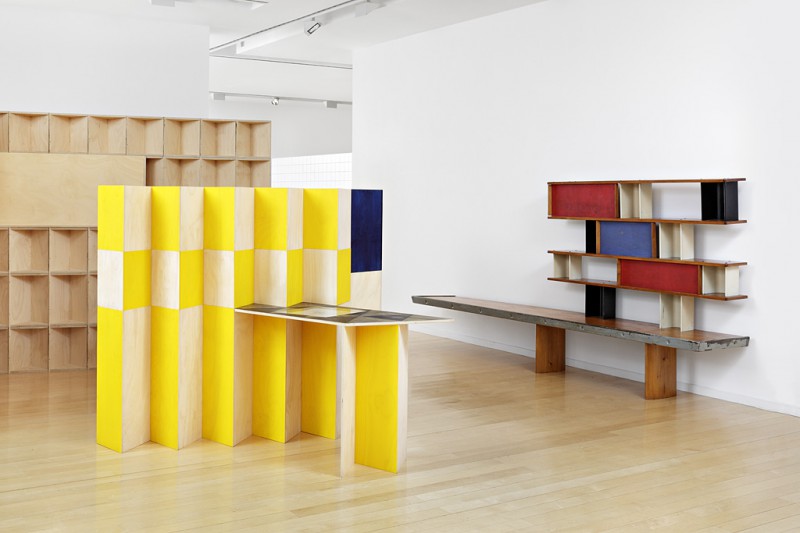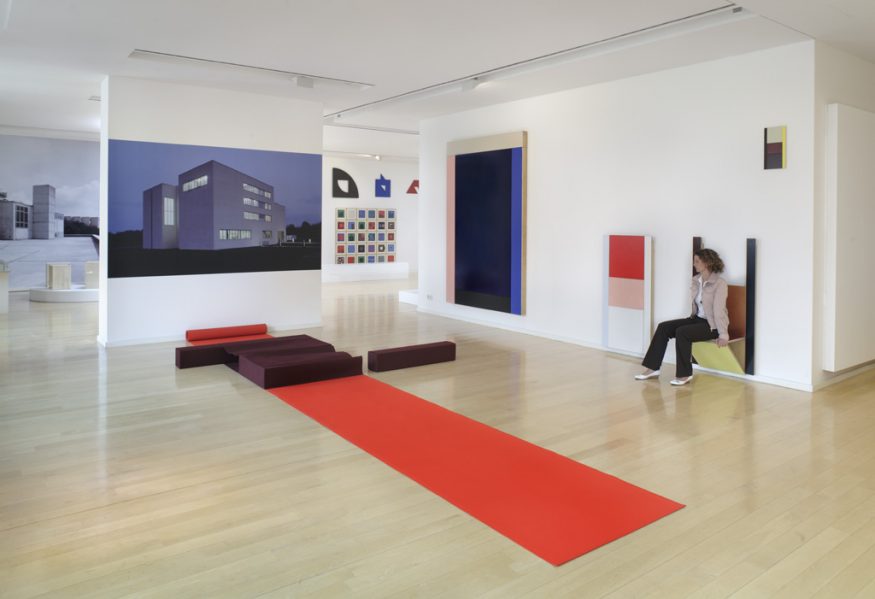Conceptual and Applied III
Surfaces and Pattern
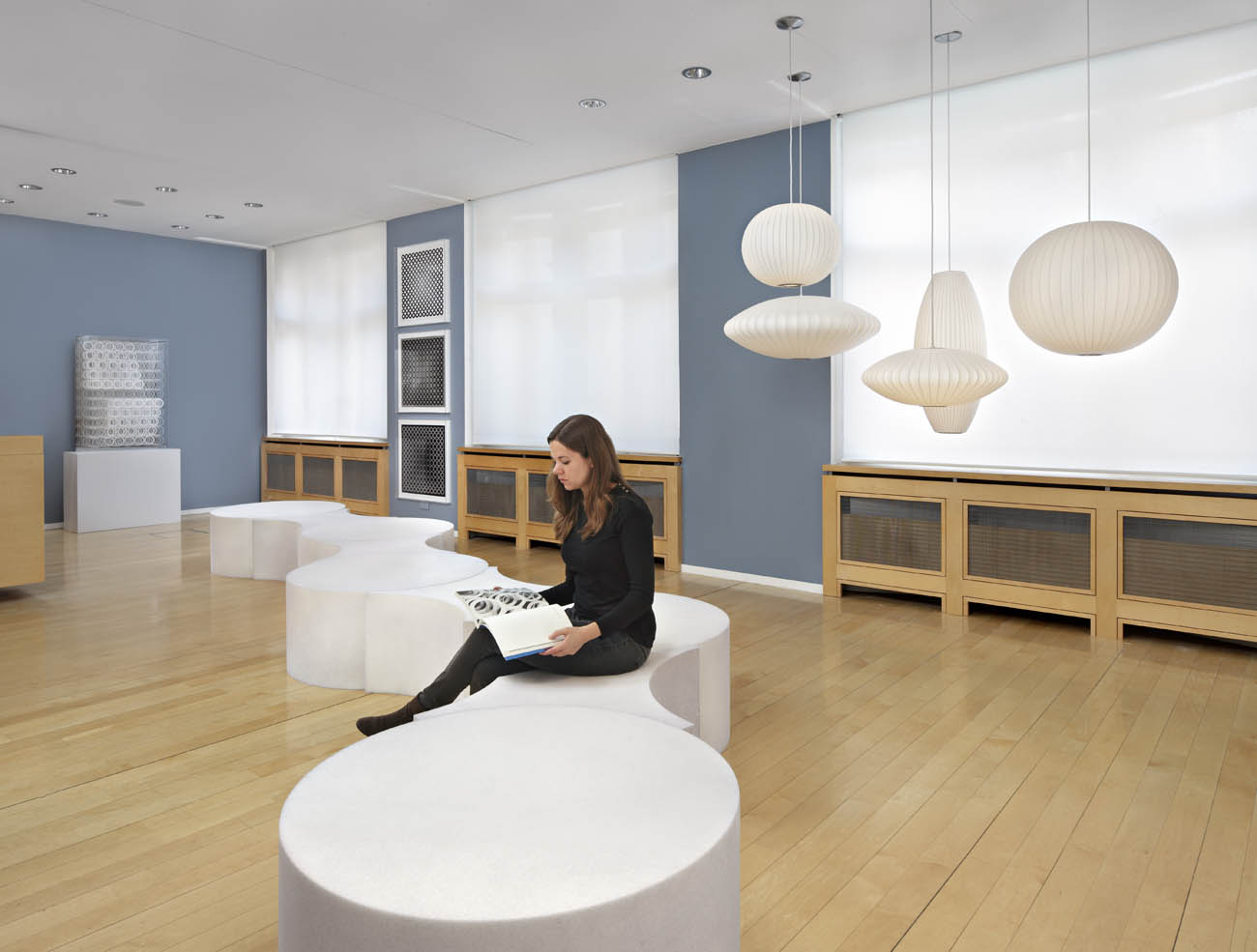
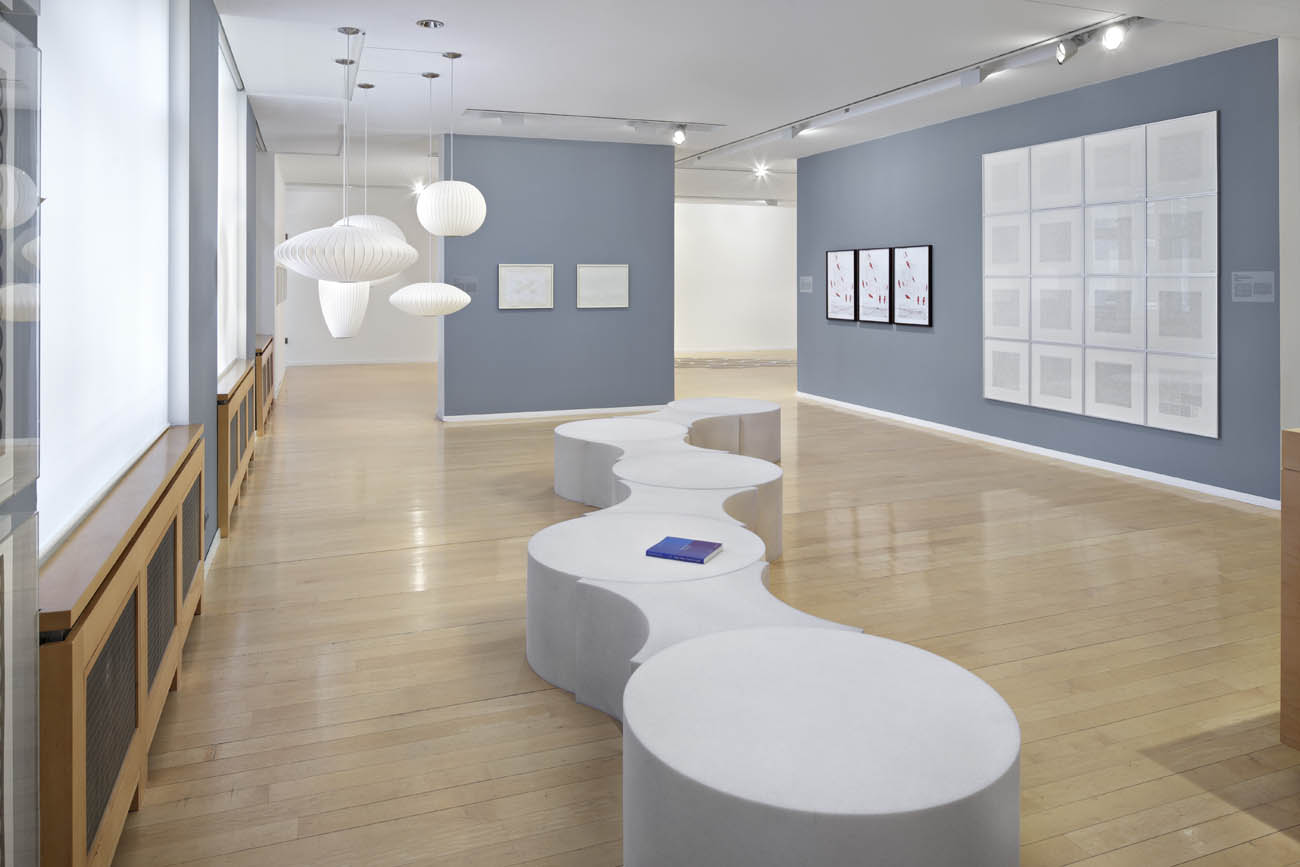
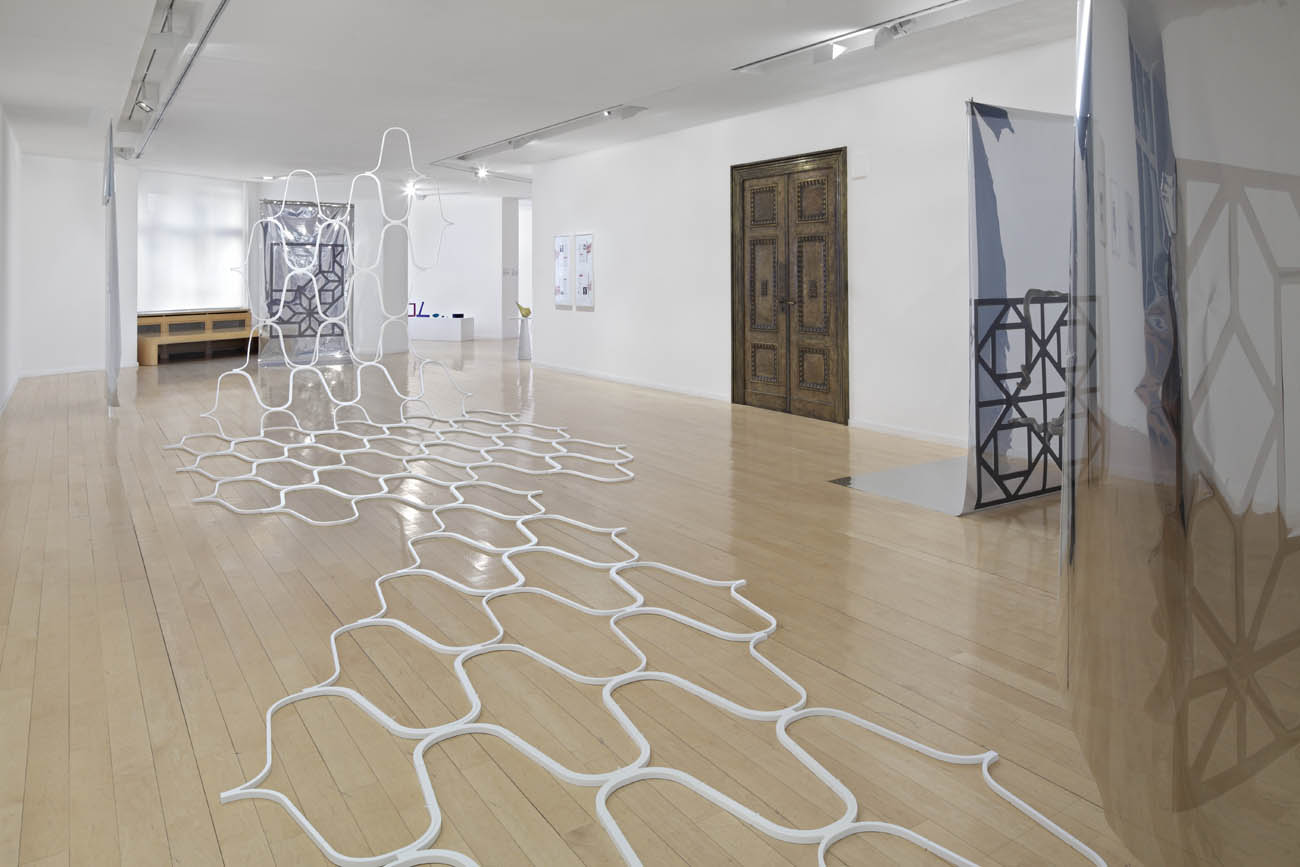
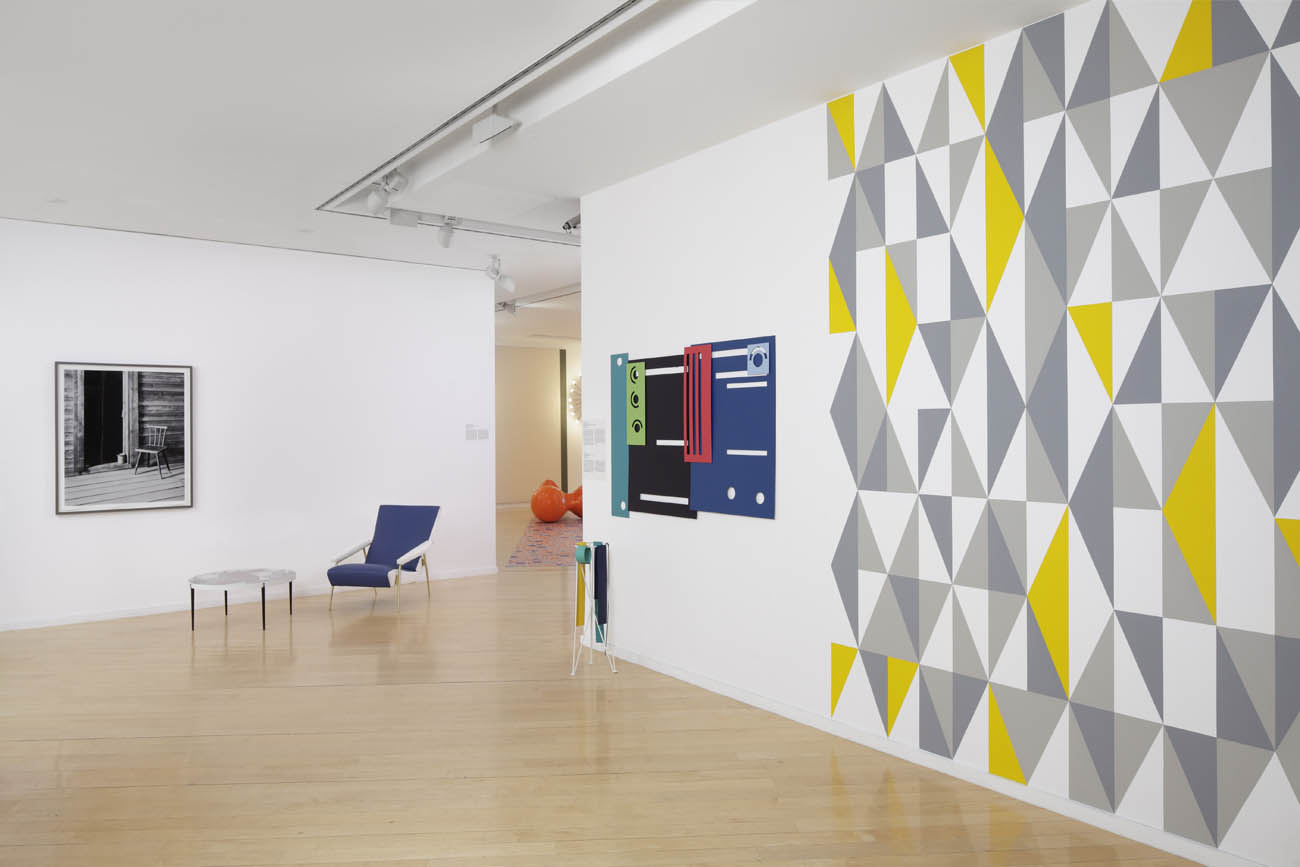
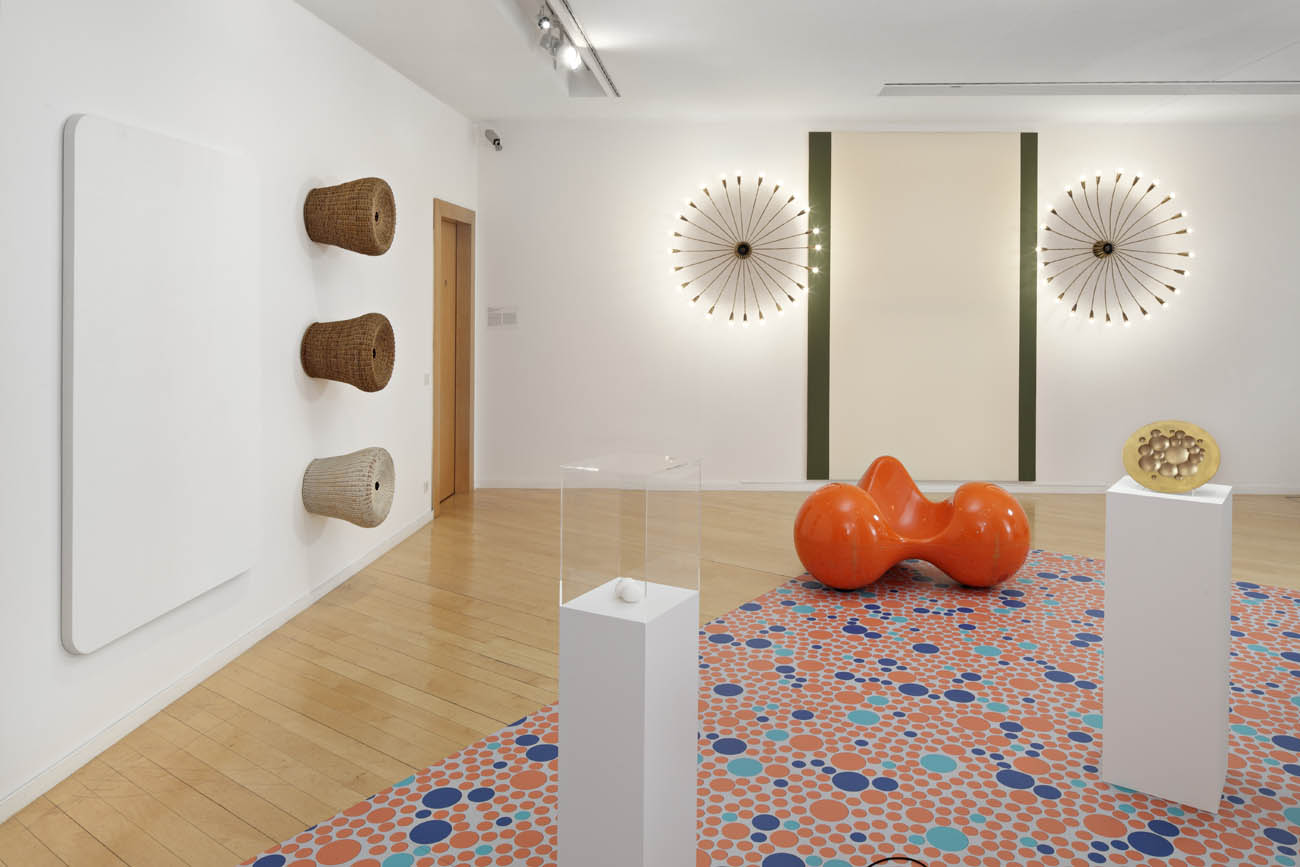
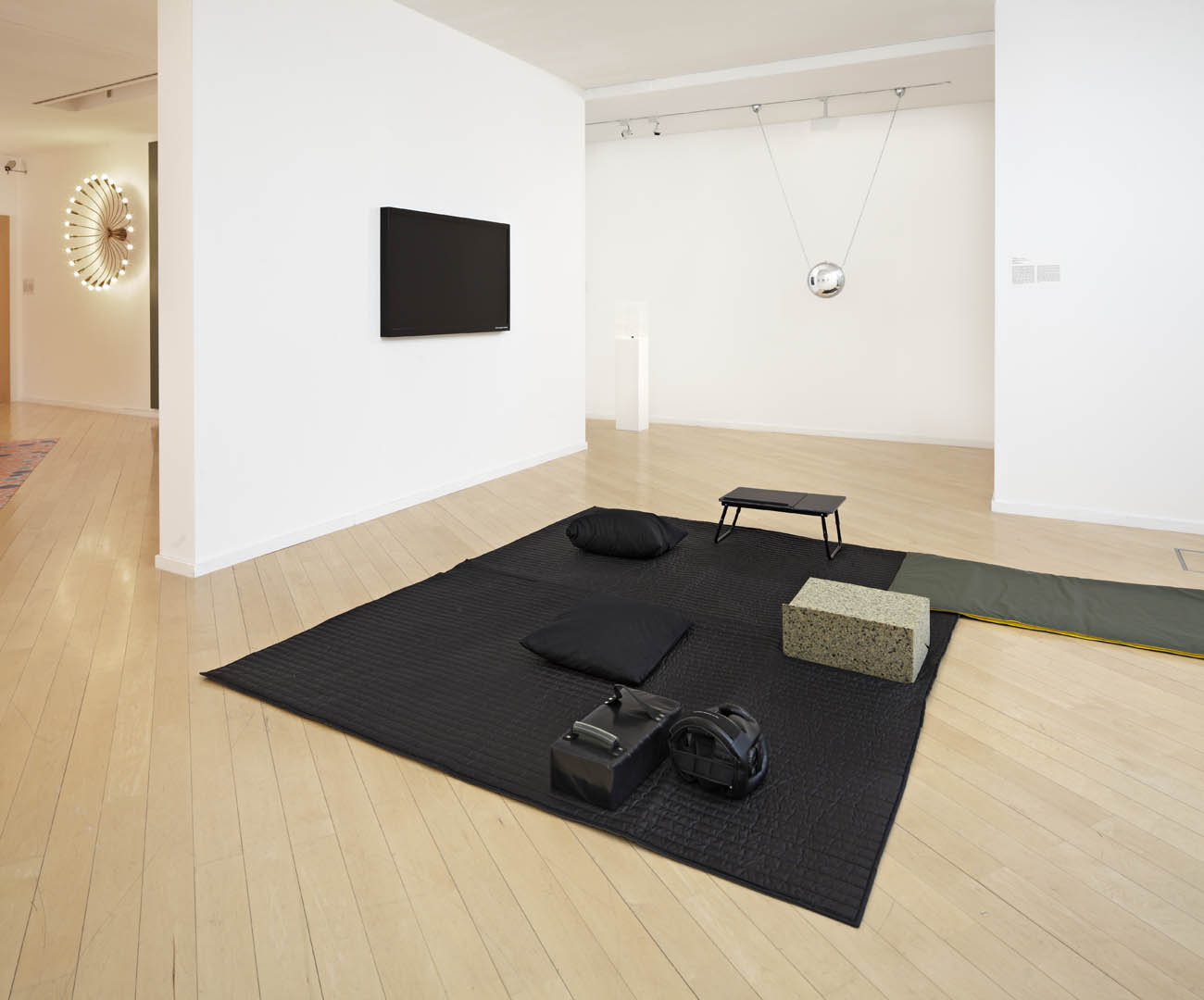
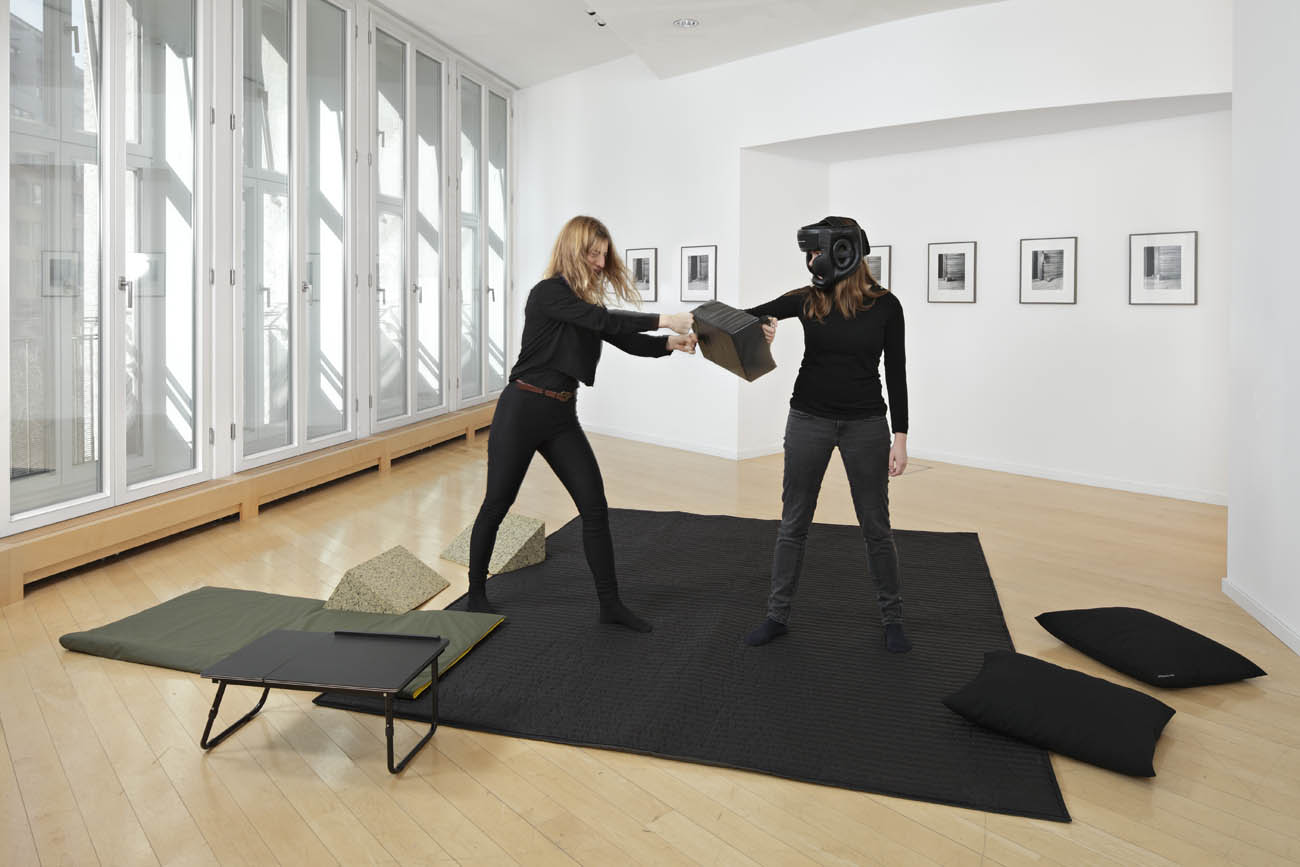
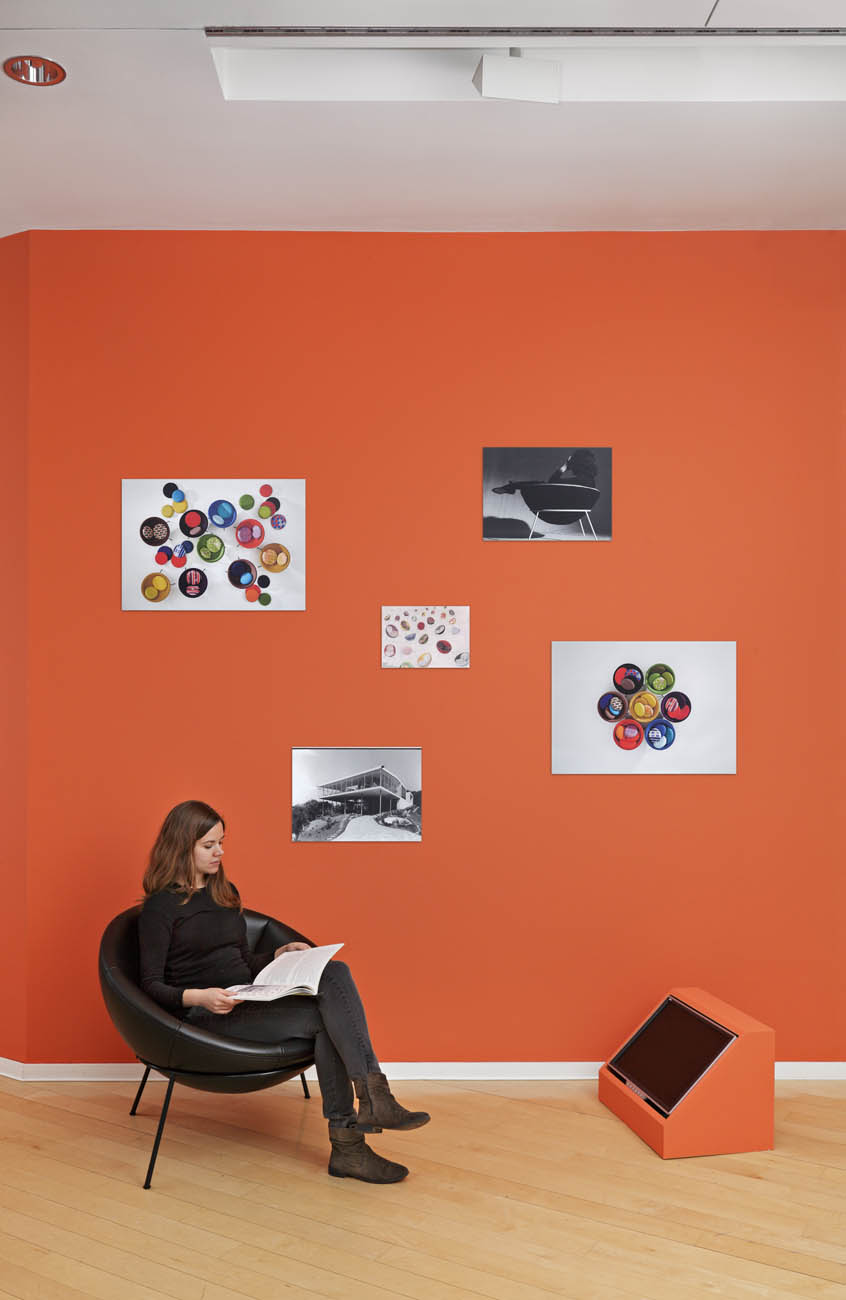
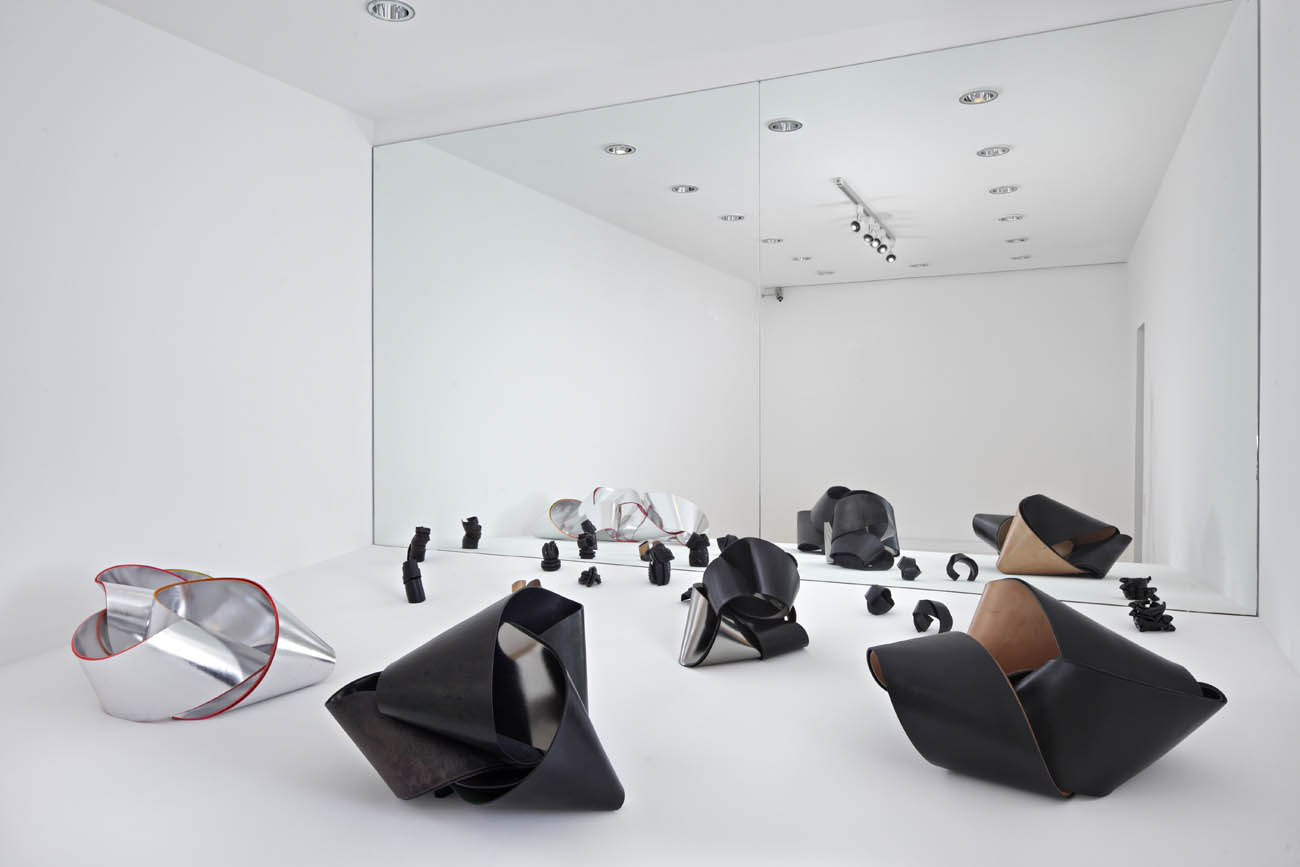
Over the past ten years, the Mercedes-Benz Art Collection has focused on the field of constructive, conceptual and minimalistic tendencies from the 1920s to the present day. Of particular interest were artists whose work straddles free and applied art disciplines. Minimalism and Applied I (2007) introduced fine artists whose art work crosses over into architecture, into product design and graphic design. In contrast with this, the second part of the series (2010) focused on a dialogue between outstanding early exponents of architecture and furniture design with international contemporary art. The third part of the exhibition series is all about presenting artists, designers and architects from the 1950s to 1970s beside contemporary artists whose aesthetic concepts exist in the gray area between art and design, with a specific focus on surfaces, materials, and pattern. on loan: Eero Aarnio (FIN), John M Armleder (CH), Lina Bo Bardi (I), Egon Eiermann (D), Angelo Mangiarotti (I), Mathieu Matégot (HU), Jasper Morrison (GB), George Nelson (USA), Henrik Olesen (DK), Gio Ponti (I), Tapio Wirkkala (FIN)
Downloads
Artists
Events
-
-
Guided exhibition tour - "Surfaces and Pattern"
Surfaces and Pattern
Efrat, Hefuna, LeWitt, Philipp, Plumi, Tedeschi, Trevisani, Wirkkala
Deviations from the norms of mass production of reproducible items in the form of cracks, marks and fractures on the surface and haptically and visually variable materials on the one hand; on the other, serially repeated module forms that, as abstractly repeatable elements devoid of representational figuration, are used to ‘tell stories’. This is a sub-theme of the exhibition ‘Conceptual & Applied III’, which brings together approaches that relate both to the fine arts and to the applied arts. In terms of traditional, individual craftworking, individual pieces are unique due to their exclusive character, their originality and their ‘historical’ character, and therefore, as so-called “one of a kind” pieces, possess enhanced market value. The serial aspect of industrial methods of manufacture—as a commercial, structural and artistic principle—experiences a fundamental alteration and is given a new meaning and significance. -
-
Guided exhibition tour - "The Cultivation of Nature and the Naturalization of Culture"
The Cultivation of Nature and the Naturalization of Culture
Aarnio, Bo Bardi, Hefuna, Mangiarotti, Matégot, Olesen, Ponti, Šarčević, Wirkkala
Some of the objects featured in the exhibition display an organic formal vocabulary, whereas others have a technological appearance. Artists, designers and architects borrow structural principles from nature and apply them to cultivated—and cultivating—interior designs and to building structures, where they ultimately, in a final reversal, once again appear natural. The interaction, both in terms of material and in terms of concept, between the cultivation of nature and the naturalization of culture that can be seen in many of the exhibited artworks reveals the mechanism behind social construct processes and opens up a discussion on the dichotomous distinction of “nature vs. culture” in how we perceive and shape the reality of our everyday lives. It also, however, exposes the immanent ‘reality of the material’. -
-
Guided exhibition tour - "Historical Imagination Spaces"
Historical Imagination Spaces
Armleder, Czech, Epaminonda, Hefuna, Issa, Olesen, Plumi, Šarčević, Schmidt
Many of the artworks featured in the exhibition contain everyday found objects that have been collected and have been deprived of their conventional value as usable objects by means of an aesthetic or artistic process. The artworks included in this tour range from poetic concept photographs (Czech), installations that constitute memory spaces (Epaminonda), photographic history images (Šarčević) and the sculptural articulation of facets of memory (Issa). All of these artworks appear to us as if through a kaleidoscope that, instead of offering us a fixed structure, offers us a multiplicity of meanings. -
-
Artist Talk – Georg Winter and Tula Plumi
At this evening event, Dr. Renate Wiehager, the curator of the exhibition, will speak to the artist Georg Winter and Tula Plumi about their aesthetics and practice behind their artistic concept. This discussion will be conducted in German and English.
The facets of teamwork, political-cultural commitment, performance and initiatives that transcend boundaries are central to the work of Georg Winter, who is represented within our exhibition by his installation “Psychotectonic Processes: Black Out.” This installation allows visitors to try out active forms of irritation reduction by providing a safety helmet for fighting exercises, an exercise sword and a punchbag, whilst cushions, wedges to serve as comfortable footrests, and reading matter invite the guests to enjoy a moment of relaxation.
Tula Plumi is referencing in her “Lines and Circles series” to the Bauhaus language of forms. Specially, Plumi is concerned with the “material exercises” that were a significant part of preliminary courses at the Bauhaus. She places the experimental treatment of the material and its visual appearance in the foreground. Plumi’s plastic pictures are oscillating between a surface and a real space.
-
-
Guided exhibition tour - "Radicant Strategies"
Radicant Strategies
Armleder, Czech, Epaminonda, Hefuna, Olesen, Šarčević
The French art theorist Nicolas Bourriaud bases his analysis of contemporary art on the term ‘radicant’ (a term borrowed from botany). Radicant plants are unlike radical plants insofar as they adapt themselves to a changed topography (the analogy relates to uprooting and to taking fresh root). Far from allowing any predetermined formal identity to be assigned to them, they unfold in a dynamic of process of wandering and rambling. This tour represents an effort to trace radicant strategies in artistic production. -
-
Guided exhibition tour - "Translations and Transformations"
Translations and Transformations
Armleder, Czech, Epaminonda, Issa, Olesen, Plumi, Šarčević, Schmidt
The French curator and art theorist Nicolas Bourriaud bases his analysis of the strategy and production methods of artists today on the term ‘postproduction’—meaning the strategy of using art history like a toolbox and incorporating already existing artworks and traditional forms into one’s own works, in order to transform and to interpret cultural standards. This tour endeavors to trace wide-ranging interactions with the forerunners and models in question. -
-
Guided exhibition tour - "Complex Combinations"
Complex Combinations
Armleder, Czech, Epaminonda, Issa, Olesen, Plumi, Šarčević, Schmidt
Artists adapt phenomena from the political, poetical and art-historical contexts with deep meaning, wit and intelligent reworking. Through the combining of different materials and motifs, aesthetic formulations are explored—this strategy, however, also allows established meanings or relationships to be questioned. This tour deals with the transitions and confrontations, the coexistence and interpenetration of different phenomena and the multiplicity of meaning that goes hand in hand with it. -
-
Guided exhibition tour - "Participatory Approaches"
Participatory Approaches
Czech, Epaminonda, Philipp, Winter
The activities of many artists are directed toward fundamentally questioning and expanding the categories of production, communication, interaction and reception. They operate in those areas where research, science and art overlap. For the Mercedes-Benz Contemporary, Georg Winter has developed an action space that instrumentalizes and initiates participation in the artistic process, whilst Helga Philipp demands that the viewers of her artworks should also be participators. -
-
Artist Talk with Oskar Schmidt and Carmelo Tedeschi
The discussion between the two artists Oskar Schmidt and Carmelo Tedeschi will be moderated by Dr. Renate Wiehager, Director of the Mercedes-Benz Art Collection. She will speak to the artists about their ideas and concepts, and about their development as artists. This discussion will be conducted in English and German, and will be accompanied by the presentation of the new publications on Schmidt (published by Distanz) and Tedeschi.
The Mercedes-Benz Contemporary shows Oskar Schmidt’s photographic series “The American Series”, in which he works in a very intensive way with compositions and atmospheres from icons of photographic history and reinterprets them in his elaborately staged photographic arrangements. Starting point of the current photographic series are historical black-and-white photographs by photojournalist Walker Evans from the year 1936; which were created as a documentation of the social impact of the Depression in America’s southern states.
The artistic roots of Italian artist Carmelo Tedeschi are intimately linked with theatre and design, and with arts and crafts. At present, his artistic activities include setting up workshops for young artisans in Fez and Morocco. The subject of the discussion will be Tedeschi’s position and how it straddles traditional craft and contemporary design, art and cultural commitment, teamwork and single-handed design. The handmade leather objects in our exhibition can be worn as bracelets; at the same time, they can be considered to be sculpture in their own right. For the first time, the Mercedes-Benz Contemporary has placed Tedeschi’s leather sculptures on display alongside examples of internationally relevant philosophies of art and design.
-
-
Guided exhibition tour - "Conceptual Strategies of Appropriation"
Conceptual Strategies of Appropriation
Armleder, Olesen, Plumi, Šarčević
In their takes on various movements in modernist art, artists continually connect with those movements’ central ideas, arguing for the principle of treating images and objects from inside of and from outside of the art context as freely available material as a way of subjecting the ideals and assertions of 20th century art to a critical re-reading. What these conceptual strategies of appropriation, manipulation or displacement from context have given us today is, first and foremost, a more critical debate on classical notions of originality and artistic intention. -
-
Finissage with Luca Trevisani
The camera synthesizes the state of water In Luca Trevisani’s artistic film “Glaucocamaleo”. In the illustration of elements Trevisani discusses the art as an open mental space of metamorphosis, transformations, overstepping the boundaries, translations and analogies. Haze, steam, clouds, rain, ice, crystals, are staged stenographic, the camera wanders through courses of a river and through glaciers, glides over the horizon of the sea and sinks into fizzed froth. After the film screening at the Cinema Arsenal the discussion will take place in Haus Huth, where we will present the new publication of the Mercedes-Benz Art Collection, the first extensive monograph on Luca Trevisani.
4 p.m. - film screening at Cinema Arsenal, Potsdamer Str. 2, 10785 Berlin, Kino 2
6 p.m. - artist talk and book presentation at Mercedes-Benz Contemporary
free admission
